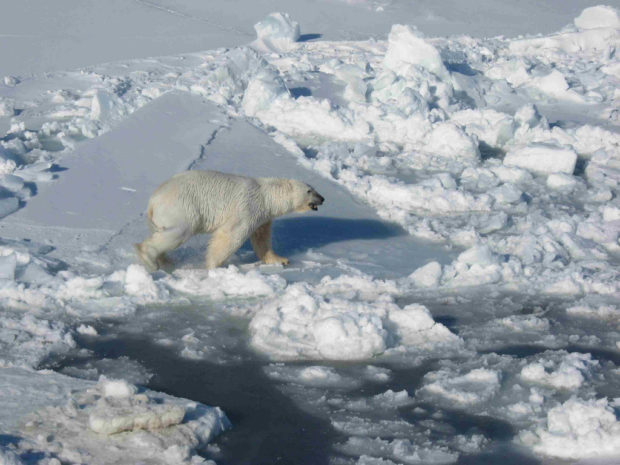We have much more to do and your continued support is needed now more than ever.
New Wilderness Act Can Safeguard Arctic Habitat
Today Senator Michael Bennet (D-CO) and Ed Markey (D-MA) introduced legislation seeking to permanently protect the Arctic National Wildlife Refuge coastal plain as Wilderness, the highest form of protection that can be afforded federal public land. Fittingly, their bill has been introduced nearly 55 years ago to the day when President Dwight Eisenhower first protected this Northeast corner of Alaska.

Threats from Oil and Gas Drilling
Unfortunately, because of its potential oil and gas resources the Arctic Refuge coastal plain has remained in peril. In 1995, only a veto of an omnibus budget bill by President Clinton saved this iconic landscape from drilling. In other cases, during President George W. Bush’s Administration, drilling schemes were attached to defense and other “must pass” bills, coming as close as one vote from passage.
With new calls for drilling in the refuge, we are again reminded by the need to permanently protect an area that Supreme Court Justice William O Douglass called “the most wondrous place on God’s Earth.”
Today’s introduction of the Arctic National Wildlife Refuge Wilderness Act with 34 Senate cosponsors provides a hopeful moment for all who believe that America’s largest and wildest refuge is worth more protection for future generations than squandered for a short-term speculative supply of oil.
Home to an Abundance of Wildlife

As Joe Hoffman, President of the Minnesota Conservation Federation, says, “As a duck hunter, I know the importance of the Coastal Plain for waterfowl, and as a wilderness that be forever protected. As hunters we owe this protection not only to future generations, but to the wildlife that reside in these critical habitats.”
Please join us in thanking Senator Bennet and Senator Markey for introducing this important legislation to help protect Arctic wildlife by retweeting the following tweet:
New Wilderness Act Can Safeguard Arctic Habitat. Thanks @SenBennetCO and @SenMarkey! https://t.co/Isdh7ApnGw pic.twitter.com/QAUdrMXF7S
— Wildlife Action (@wildlifeaction) December 2, 2015





















